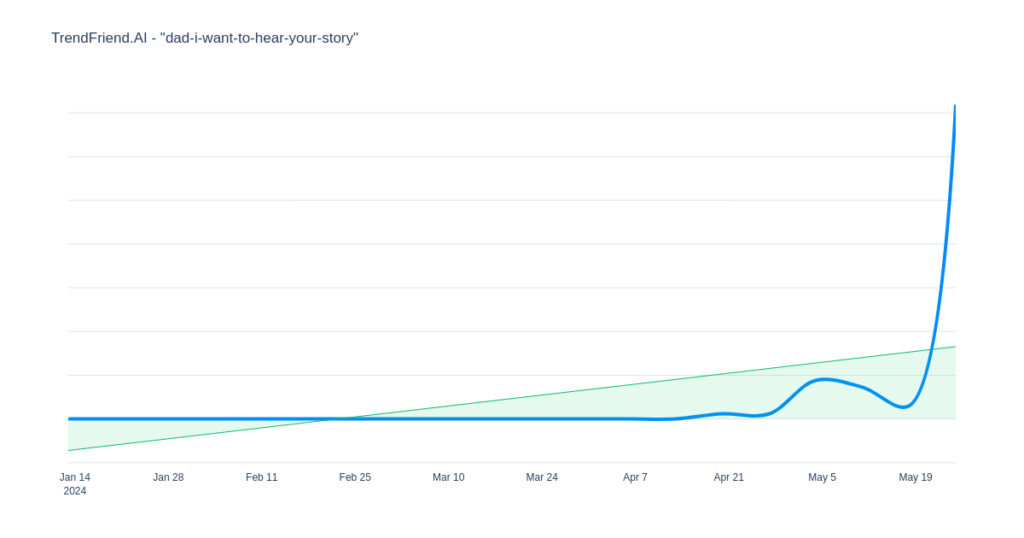In the fast-paced world of e-commerce, the term “viral product” has become more than just a buzzword; it’s a driving force behind the success of many innovative companies. But what exactly is a viral product, and how can you identify one? This post will delve into the concept of viral products, the principles behind their virality, and how to spot them in the e-commerce market, with a special focus on the impact of social media platforms like TikTok.
Understanding Viral Products in E-commerce
At its core, a viral product is any e-commerce item that spreads rapidly and widely throughout its target audience. What sets a viral product apart is its remarkable ability to grow organically with minimal investment in traditional marketing campaigns. Instead, it thrives on a self-propagating loop, where one customer shares the product with their network, who then do the same, creating a viral marketing domino effect.
Key Characteristics of E-commerce Viral Products
- Rapid and Widespread Popularity: Viral e-commerce products gain rapid and widespread popularity primarily through user referrals, word of mouth, or inherent sharing features.
- Organic Growth: They grow organically, often with minimal traditional marketing efforts, relying instead on the enthusiasm and engagement of their users.
- Self-Propagating Loop: The growth mechanism involves a self-propagating loop where existing users play a pivotal role in acquiring new users, amplifying the product’s reach organically.
Types of E-commerce Product Virality
Product virality in e-commerce can be broadly categorized into two main types: Pull Product Virality (PPV) and Distribution Product Virality (DPV).
Pull Product Virality (PPV)
PPV is about existing users encouraging people to start using your product. This can be achieved through:
- Word of Mouth (WOM): This classic viral marketing technique involves users talking about your product because it effectively meets their needs or generates buzz. For example, the launch of a unique gadget that solves a common problem can quickly become a topic of conversation.
- Value Virality: This occurs when the usage of your product inherently spreads its value. For instance, reusable water bottles with built-in filters solve a common problem, and every time people use them, they build brand awareness and help spread the word.
- Exposure Virality: This is generated when customers ‘show off’ your product to increase their exposure. For example, stylish wearable tech, like smartwatches, often gets shared on social media platforms, raising awareness of the product.
Distribution Product Virality (DPV)
DPV involves more users spreading awareness and information about your product to their network. This can be achieved through:
- Network Virality: Users share your product or service within their social and professional networks. For example, users of a popular kitchen gadget might share their recipes and experiences on social media, promoting the product.
- Incentive Virality: This involves applying marketing or engineering efforts to craft meaningful incentives for your users. An example is a subscription box service offering discounts for referrals.
The Impact of Social Media on E-commerce Viral Products
Social media platforms have dramatically influenced the dynamics of product virality, with TikTok being a notable example. Here’s how these platforms contribute to the virality of e-commerce products:
- Rapid Content Dissemination: Social media platforms allow for the rapid dissemination of content. A single viral post or video can reach millions of users within hours, significantly boosting a product’s visibility.
- User-Generated Content: Platforms like TikTok encourage user-generated content, where users create and share videos featuring products. This organic content creation fosters a sense of authenticity and trust among viewers.
- Algorithmic Boosts: Social media algorithms prioritize engaging content, meaning viral products that capture user interest can gain further exposure through algorithmic boosts, reaching an even broader audience.
- Influencer Collaborations: Collaborations with influencers who have large followings can amplify the reach of a product. Influencers can introduce products to their followers in an authentic and relatable manner, driving interest and sales.
- Hashtag Challenges: TikTok’s hashtag challenges encourage users to participate in trends by creating their own content related to a product. This not only spreads awareness but also engages users in a fun and interactive way.
Examples of Viral E-commerce Products
Several e-commerce products have successfully achieved virality, often with significant boosts from social media platforms like TikTok:
- Fidget Spinners: These simple, yet addictive toys became a massive trend in 2017, spreading through schools and social media, driven by their novelty and the simple joy they provided.
- Air Fryers: Air fryers gained rapid popularity due to their health benefits and convenience, with users sharing recipes and cooking tips on social media, driving widespread adoption.
- The Ordinary’s Skincare Products: The Ordinary’s affordable skincare line went viral on TikTok, with users sharing their skincare routines and results, leading to sold-out products and increased brand visibility.
Leveraging TrendFriend to Spot Viral E-commerce Products

TrendFriend is your go-to platform for identifying and capitalizing on viral e-commerce products. Here’s how you can use TrendFriend to your advantage:
- Dynamic Analytics Dashboard: TrendFriend’s analytics dashboard offers real-time data on top products, search terms, and categories, allowing you to track market movements and identify emerging viral products quickly.
- Trend Search: Use the Trend Search feature to access real-time data on trending search terms and products within the e-commerce market. This helps you pinpoint which products are gaining rapid and organic popularity.
- Trending Products List: Keep an eye on the Trending Products list to see items currently experiencing significant growth in user interest and sales metrics. This is a quick way to spot potential viral products.
- Trend Projects: Create and monitor custom tracking projects for specific products, terms, or categories. This allows you to gather long-term analytical insights and make data-driven decisions.
- Content Hub: Access the Content Hub for articles on the latest trends. These insights can help you understand the principles behind product virality and apply them to your own strategies.
Conclusion
Understanding and harnessing the power of product virality can give your e-commerce brand a distinct edge, allowing you to stand out in a crowded digital landscape. By solving real problems, knowing your audience, keeping your product simple and intuitive, and leveraging gamification and incentives, you can create a product that not only meets user needs but also spreads like wildfire. Spotting viral products involves looking for high user engagement, rapid growth, strong word of mouth, and effective incentive programs. With these principles in mind, and with the powerful tools provided by TrendFriend, you can design and identify products that have the potential to go viral and drive significant growth for your business.



